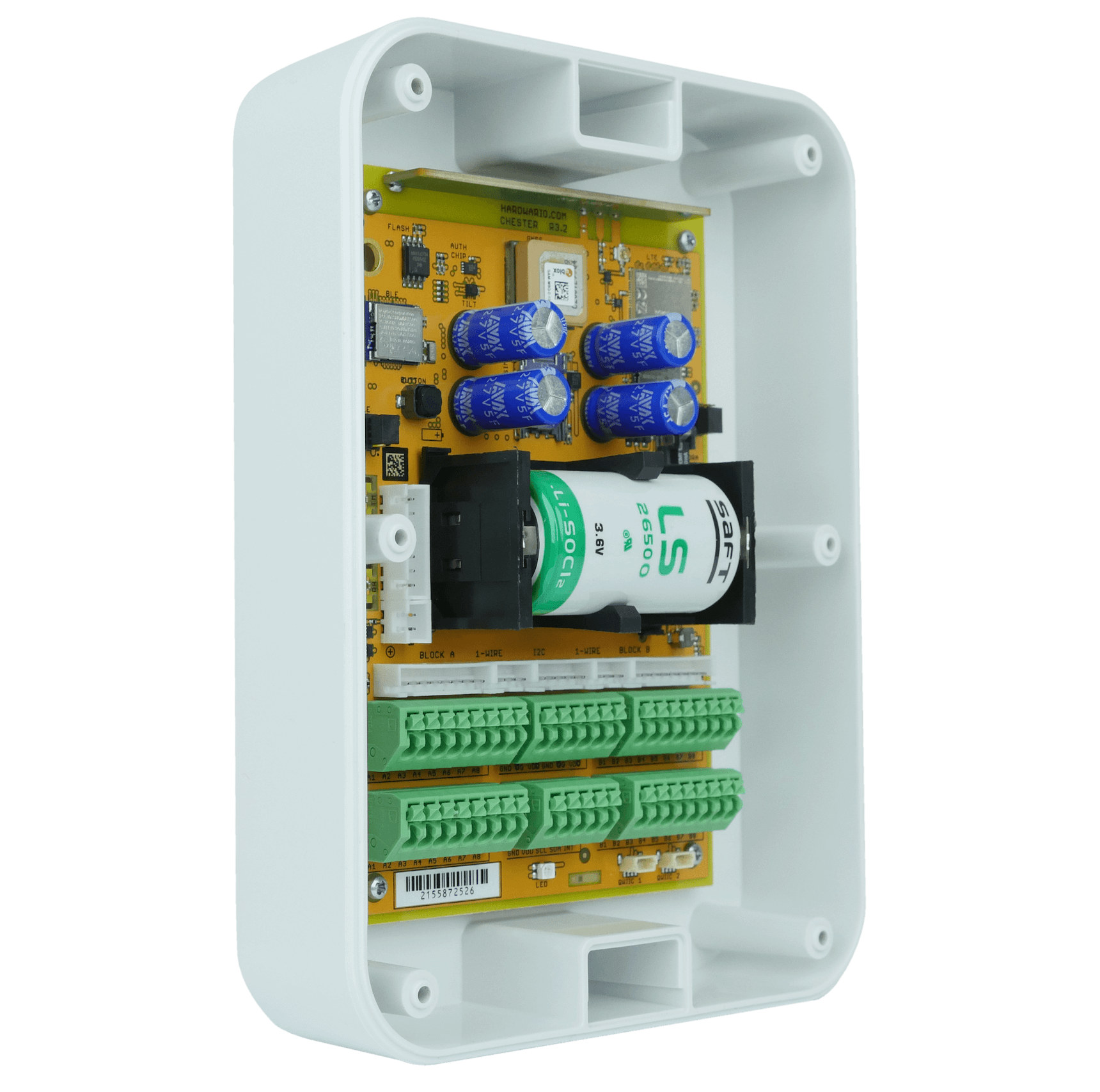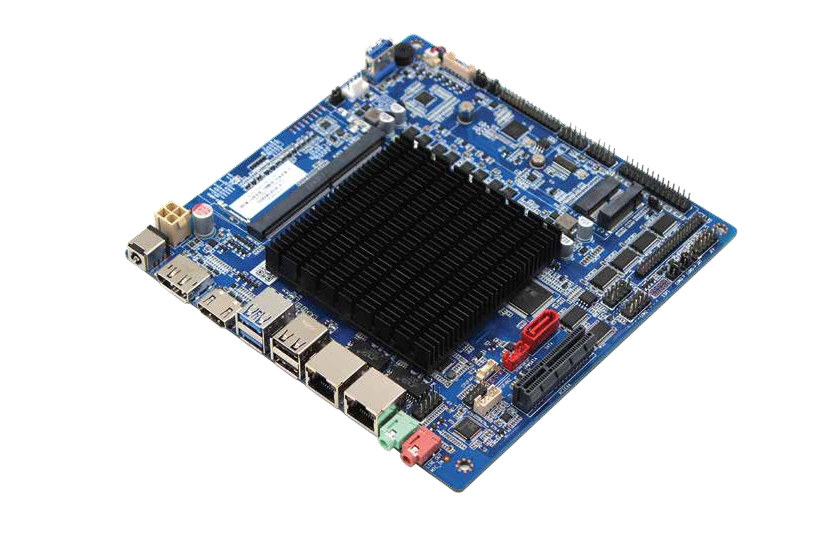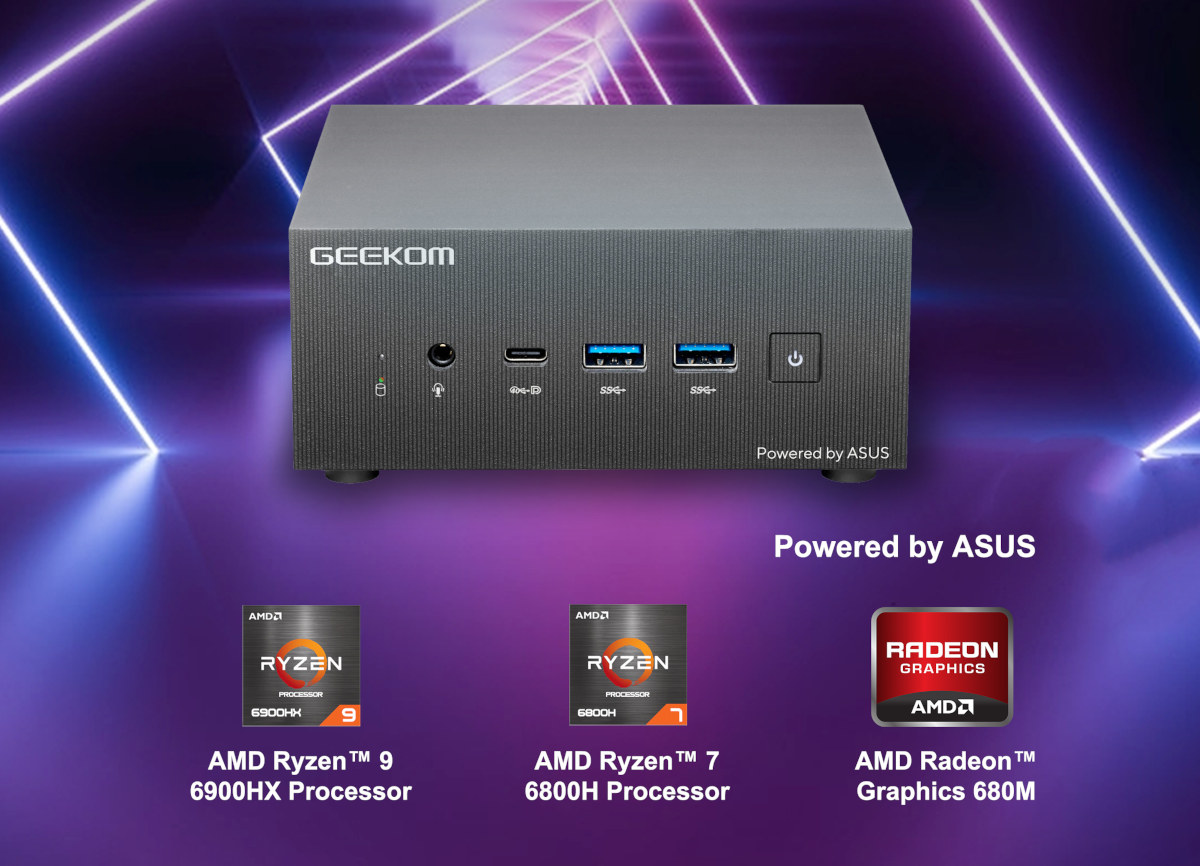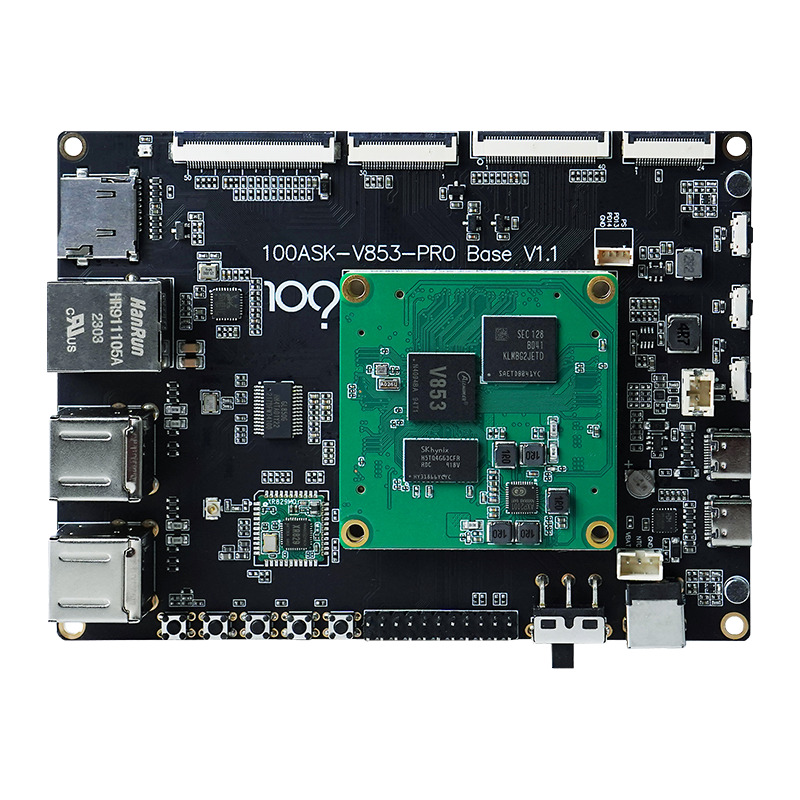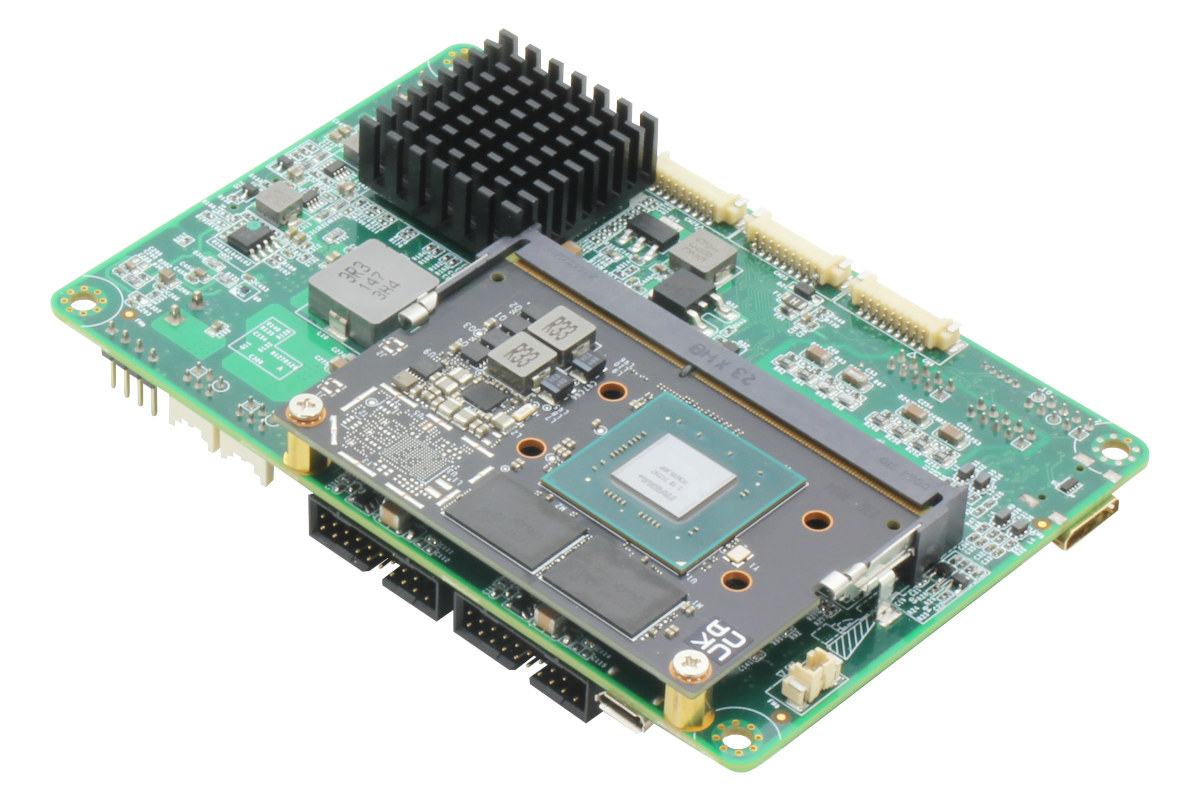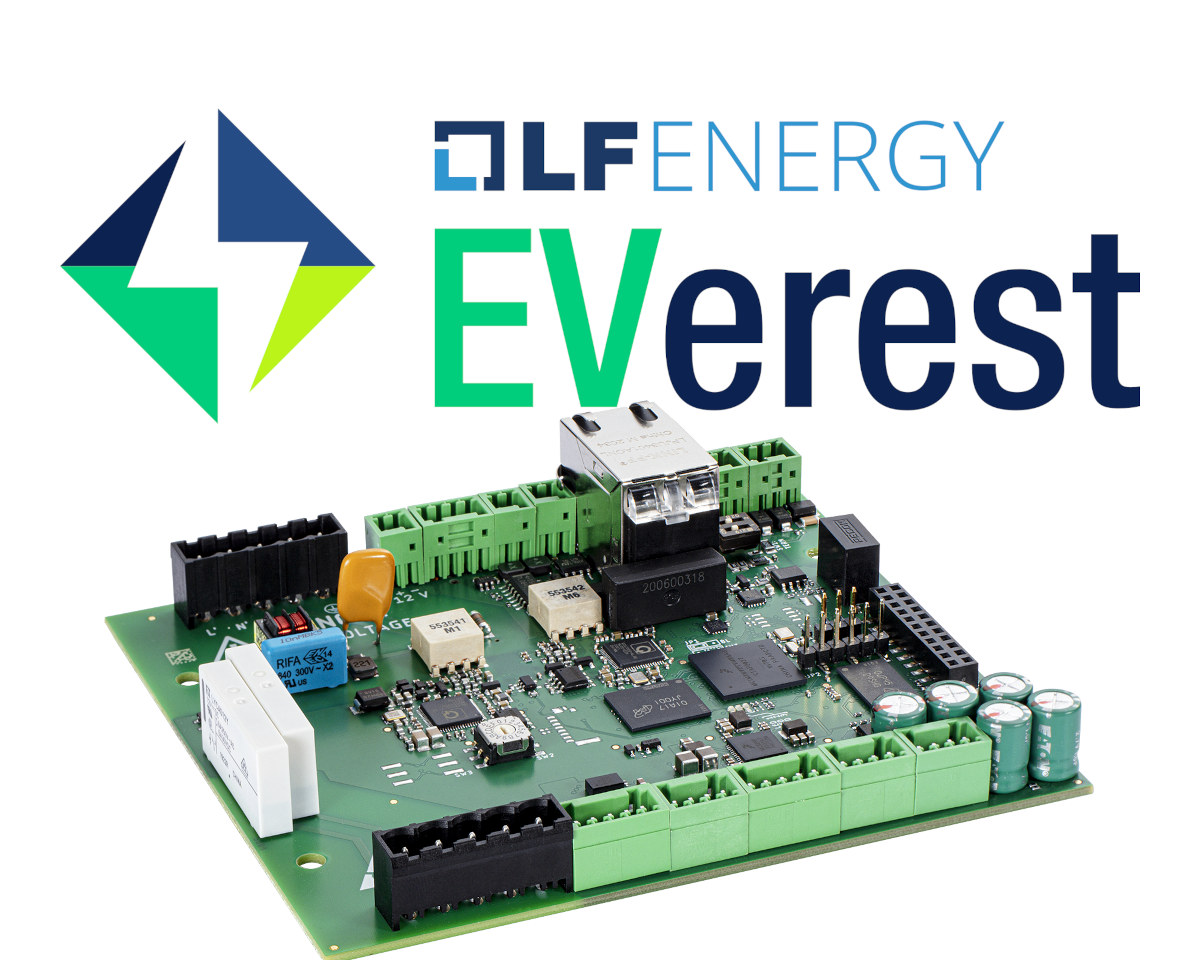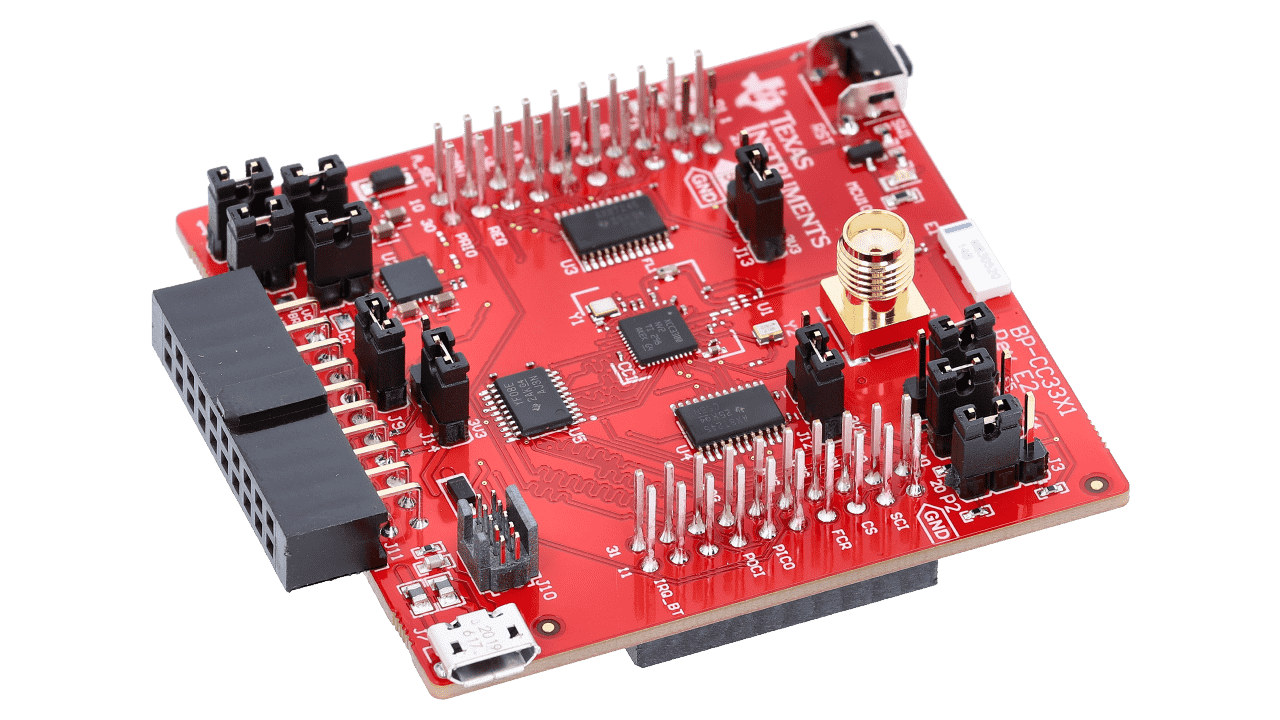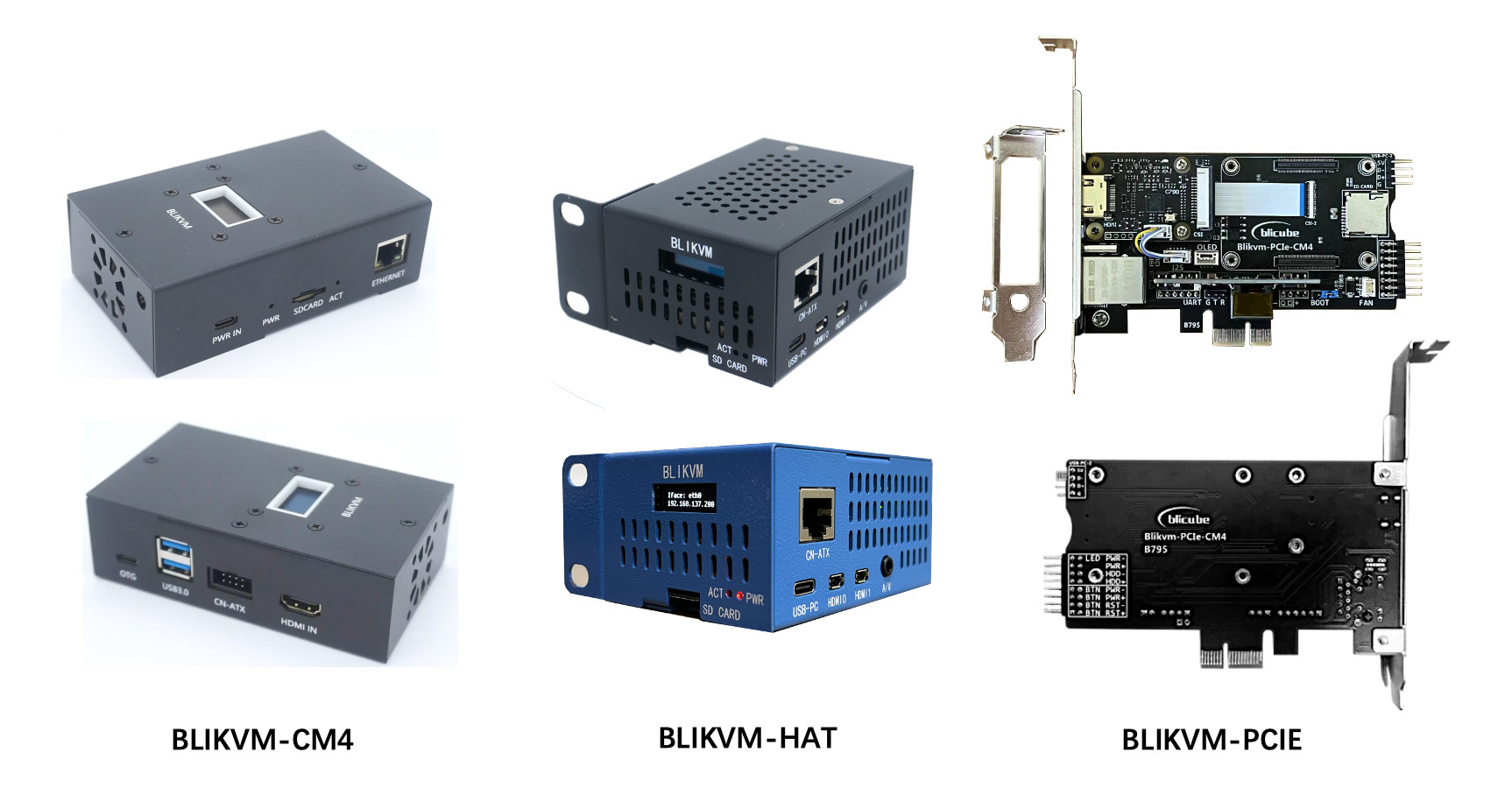HARDWARIO CHESTER platform is a configurable LPWAN IoT gateway whose main function is to connect as many devices and environments as possible to the Internet using connectivity such as LoRaWAN, LTE Cat M1, or NB-IoT, as well as GNSS for geolocation. Contrary to most IoT gateways, it does not run Linux on an application processor, and instead, the “brain” of the CHESTER IoT gateway is a Raytac Bluetooth 5.0 module based on a Nordic Semi nRF52840 Arm Cortex-M4 microcontroller running Zephyr real-time operating system, which connects to LTE IoT modem and a LoRaWAN module through UART, and expansion modules through I2C, 1-wire, and GPIO interfaces. HARDWARIO CHESTER specifications: Wireless modules/chips Raytac MDBT50Q-P1MV2 Bluetooth 5.0 module based on Nordic Semi nRF52840 Arm Cortex-M4F MCU with 1MB Flash memory, 256kB RAM Nordic Semi nRF9160-SICA-B1A-R7 LTE-M/NB-IoT system-in-package (SiP) with Arm Cortex-M33 MCU, 1024 KB flash, 256 KB SRAM Murata CMWX1ZZABZ-078 LoRa module as […]
Maxtang ALN-10 – An Alder Lake-N mini-ITX motherboard for industrial applications
Maxtang ALN-10 is an upcoming mini-ITX motherboard based on Alder Lake-N processors from the Processor N50 up to the Core i3-N305 SoC and specifically targetting industrial applications with a -20 to +60°C temperature range, six RS232/RS485 serial ports, and 12V to 19V DC input among other features. Since the latest Alder Lake N-Series processors were announced, we’ve seen a range of mini PCs based on the new series, some laptops, as well as a camera devkit and one single board computer, but so far no actual motherboards. Maxtang ALN-10 changes that with the industrial mini-ITX motherboard soon expected to launch for B2B customers. Maxtang ALN-10 specifications: Alder Lake-N SoC (one or the other) Intel Core i3-N305 octa-core processor up to 3.8 GHz (Turbo) with 6MB cache, 32EU Intel UHD graphics; TDP: 15W (Active cooling) Intel Core i3-N300 octa-core processor up to 3.8 GHz (Turbo) with 6MB cache, 32EU Intel UHD […]
GEEKOM AS 6 AMD Ryzen 6000 mini PC takes on Intel NUC 13 Pro “Arena Canyon” (Sponsored)
GEEKOM AS 6 is an AMD Ryzen 6000 mini PC developed in collaboration with ASUS that aims to provide a cost-effective alternative to the Intel NUC 13 Arena Canyon mini PC powered by an Intel Core i7-1360P Raptor Lake-P hybrid SoC. The mini PC is equipped with either an AMD Ryzen 9 6900HX or Ryzen 7 6800H processor, supports up to 64GB DDR5 memory, three storage options with two NVMe sockets and one 2.5-inch SATA drive bay, and can drive up to four independent displays thanks to two HDMI 2.1 ports, one DisplayPort 1.4 output, and two Thunderbolt 4 / USB4 ports. Networking is the same as on the NUC with 2.5GbE, WiFi 6E, and Bluetooth 5.2. Here’s how GEEKOM AS 6 specifications compare the ones of the Intel NUC 13 Pro “Arena Canyon”. The performance of the selected AMD Ryzen 9 and Intel Raptor Lake processor is comparable, but […]
100ASK-V853-Pro – A feature-rich Allwinner V853 board designed for AI vision applications
The 100ASK-V853-Pro board is a development kit consisting of an Allwinner V853 system-on-module board (SoM) and a feature-rich carrier board with a large number of interfaces. Allwinner V853 supports up to 1TOPS of NPU computing power and is mainly for AI vision application development. The core board contains a DDR and eMMC as well as a PMU chip (AXP2101) and is connected to the carrier board through a board-to-board connector. All the functional resources of the V853 are drawn out through the carrier board. The carrier board comes with 2-channels CSI camera interfaces as well as RGB and MIPI DSI display interfaces. Although 1 TOPS of AI computing power is not outstanding, the NPU can still be used to accelerate AI vision applications at the edge. The board also comes with four USB 2.0 ports (two Type-A, two Type-C), an 100Mbps Ethernet port, a 22-pin header for expansion, and five […]
AAEON BOXER-8224AI – An NVIDIA Jetson Nano AI Edge embedded system for drones
AAEON BOXER-8224AI is a thin and lightweight AI edge embedded system solution based on NVIDIA Jetson Nano system-on-module and designed for drones, or other space-constrained applications such as robotics. AAEON BOXER products are usually Embedded Box PCs with an enclosure, but the BOXER-8224AI is quite different as it’s a compact and 22mm thin board with MIPI CSI interfaces designed to add computer vision capability to unmanned areal vehicles (UAV), as well as several wafers for dual GbE, USB, and other I/Os. BOXER-8224AI specifications: AI Accelerator – NVIDIA Jetson Nano CPU – Arm Cortex-A57 quad-core processor System Memory – 4GB LPDDR4 Storage Device – 16GB eMMC 5.1 flash Dimensions – 70 x 45 mm Storage – microSD slot Display Interface – 1x Mini HDMI 2.0 port Camera interface – 2x MIPI CSI connectors Networking 2x Gigabit Ethernet via wafer connector (1x NVIDIA, 1x Intel i210) Optional WiFi, Bluetooth, and/or cellular connectivity […]
EVerest is an open-source software stack for car charging stations
EVerest is a software project initiated by PIONIX GmbH, but now part of the Linux Foundation’s LFEnergy initiative, whose primary goal is to develop and maintain an open-source software stack for EV charging infrastructure. EVerest supports multiple standards and it will run on any device from AC home chargers to public DC charging stations. I noticed the EVerest project in an upcoming talk at the Embedded Open Source Summit 2023 entitled ” EVerest: Electric Vehicle Chargers With Open Hardware and Software” and whose abstract reads in part: You will learn how to build your own electric vehicle charger using open hardware designs in combination with the EVerest open-source software stack for EV charging infrastructure. Following a quick introduction to EV charging technology, with explanations of the standards, protocols, and complexities involved, the talk will go into a deep dive into how you can build your own AC charging station. Reference […]
TI launches Simplelink CC3300/CC3301 WiFi 6, Bluetooth 5.3 LE companion IC for IoT applications
Texas Instruments has unveiled the SimpleLink CC33xx family of Wi-Fi 6 companion IC with optional Bluetooth 5.3 Low Energy designed to be connected to a microcontroller (MCU) or a microprocessor (MPU) for secure and power-efficient IoT devices, The SimpleLink CC3000 supports 2.4 GHz WiFi 6, and interfaces over SDIO, SPI, and/or UART to the host system, while the SimpleLink CC3301 also adds support for Bluetooth 5.3 LE. Both chips can operate in high-temperature environments up to 105ºC. Texas Instruments CC3300/CC3301 specifications: Wireless 2.4 GHz WiFi 6 (802.11ax) up to 50 Mbps; Support for TWT and OFDMA, multirole (Access Point and Station) CC3301 only – Bluetooth 5.3 Low Energy up to 2 Mbps WiFi and Bluetooth COEX Host interface – 4-bit SDIO or SPI, and UART to external MCU or MPU Security – FW authentication and anti-rollback protection, WPA2/WPA3, Secured host interface Pacakge – 40-pin QFN package (5×5 mm) Temperature range […]
BLIKVM open-source KVM over IP works with Raspberry Pi CM4, Raspberry Pi HAT, PCIe card, and soon Allwinner H616
BLIKVM is an open-source KVM over IP software that helps you manage servers or workstations remotely regardless of the health of the target system, and currently working with Raspberry Pi CM4 hardware, a Raspberry Pi HAT, or a PCIe board, and a new model based on MangoPi’s Allwinner H616 CPU module is coming soon. We’ve previously written about the Raspberry Pi-based PiKVM DIY project, followed by the PiKVM v3 Raspberry Pi HAT from the same project, and now I can see there’s a CM4-based PiKVM V4 that was on Kickstarter last month and raised over $800,000… You’d think this kind of system would be rather a niche market, but there’s even demand to have a similar open-source project called BLIKVM offering many of the same features since it’s based on PiKVM, except for the option to use a PCIE card fitted with a CM4 module. Highlights of the BLIKVM project: […]

